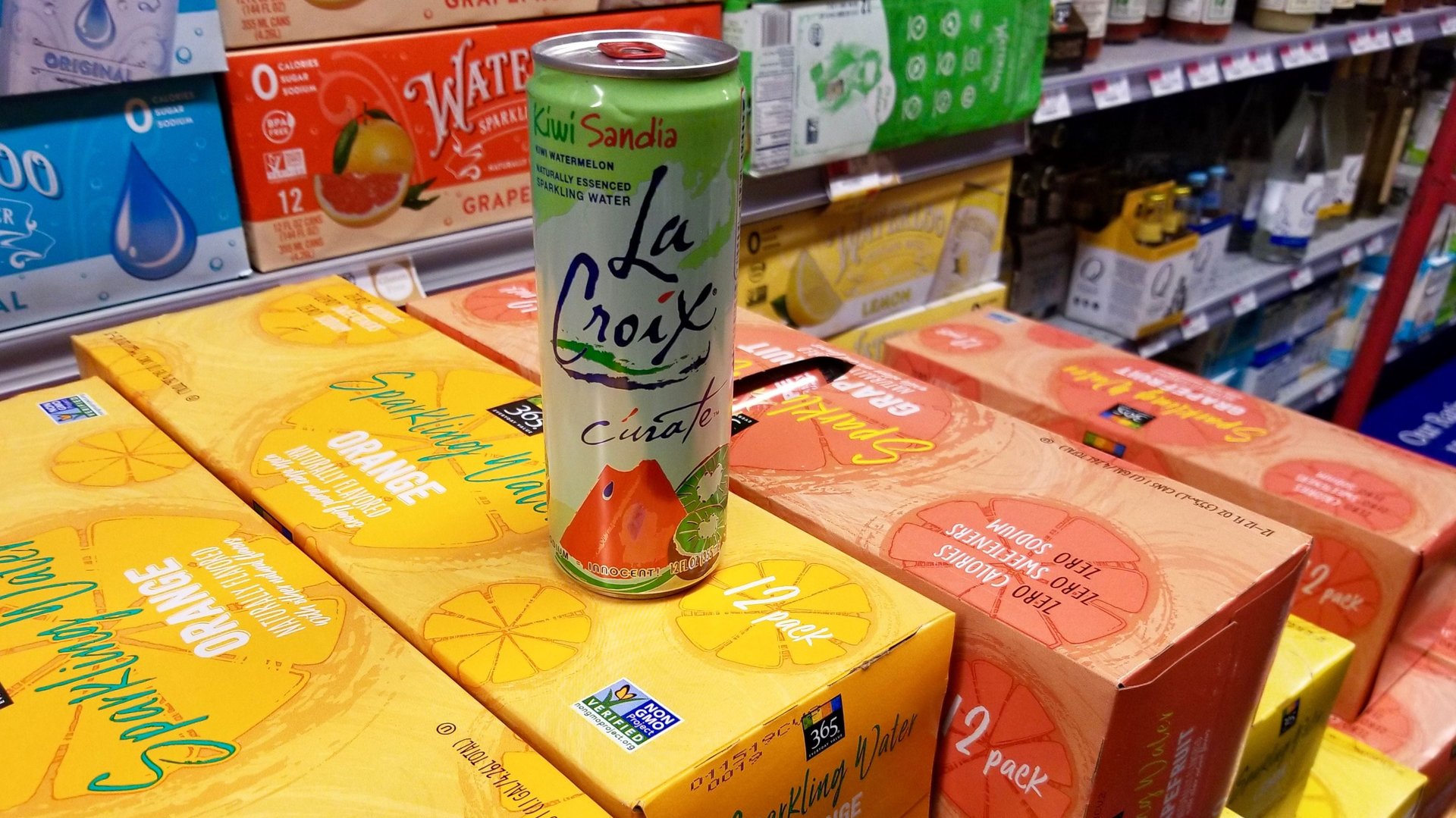Americans want to drink more water
Soda is sinking. Americans want water.


Soda is sinking. Americans want water.
New data gathered by Euromonitor show US consumers spent more money than ever in 2018 to satiate their desire for carbonated waters, including seltzers, and flavored water drinks. It’s the latest upward tick in a multi-year trend toward healthier, less-sugary beverages.
Since 2012, retail sales of Coca-Cola’s flagship drink have grown by a modest 8%. In that same period, the company’s competitor, Pepsi, saw sales of its own namesake drink tumble by over 9%.
By contrast, sales in flavored and carbonated water have consistently been on the rise. If that growth trend continues, sales of flavored bottled water in America are poised to soon eclipse sales of Pepsi cola. Retail sales of carbonated water have grown 88% in the last six years, to gross more than $2.3 billion in 2018. Flavored water was up 72% to more than $3 billion in 2018.
More broadly, sales data show the water market is thriving while the soda market hobbles along (paywall). This is one reason soda companies have acquired smaller companies selling healthier brands. Since 2011, Coca-Cola has spent millions to add brands like Honest Tea and ZICO coconut water to its portfolio, and to purchase a significant stake in cold-pressed-juice company Suja Life. One of Pepsi’s more noteworthy acquisitions in recent years is sparkling-water company SodaStream.
The shift toward healthier drinks comes as the makers of soda have flailed against bad optics. Global health organizations have promoted ideas such as soda taxes to combat chronic health problems wrought by sugar, which has been linked to diabetes, obesity, and heart disease—especially in poorer communities.
In 2017, the Beverage Marketing Corporation, which tracks beverage sales, said health and wellness drinks made up about (pdf) 41% of the total beverage market in the US. That’s up from 36% in 2012.